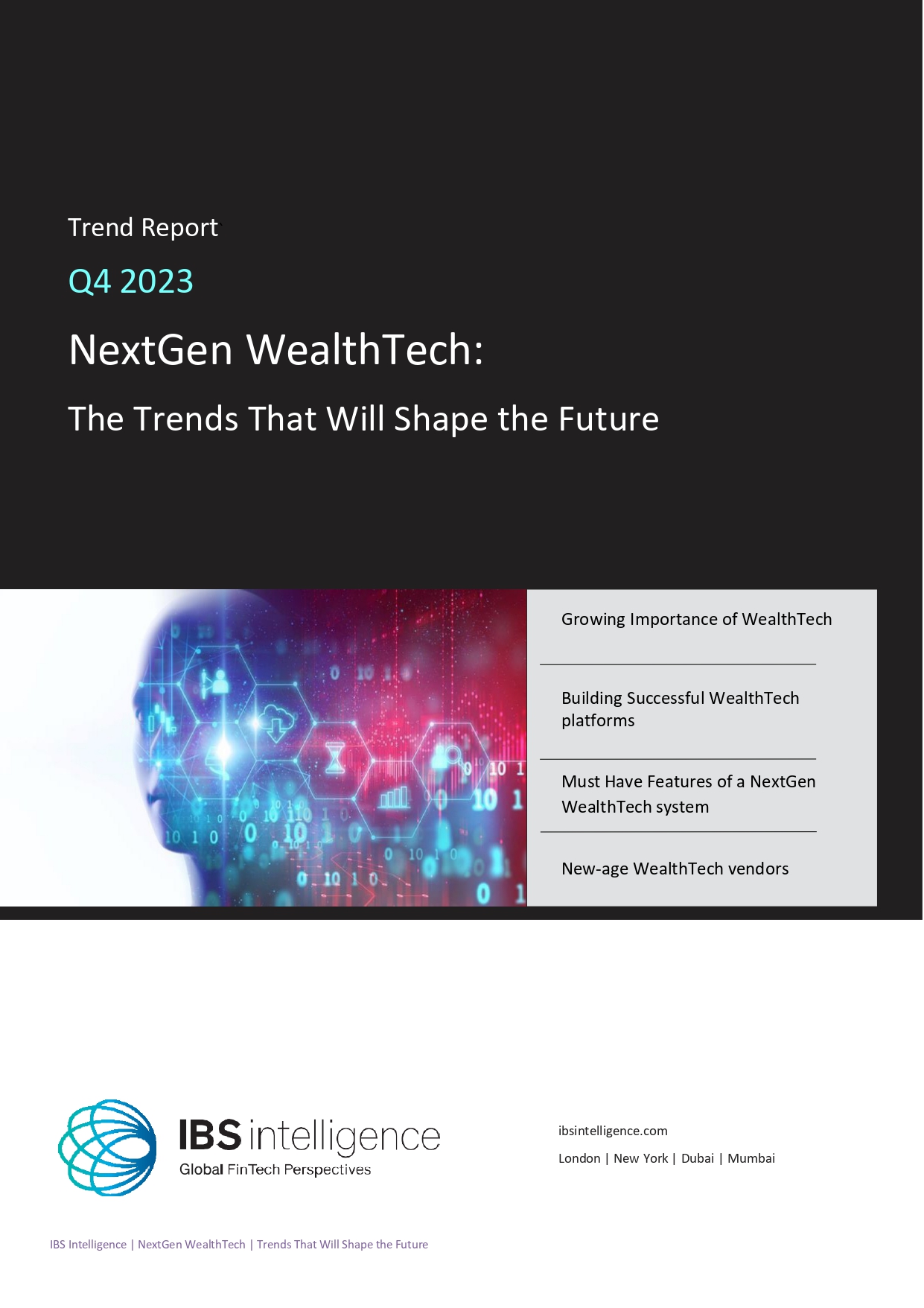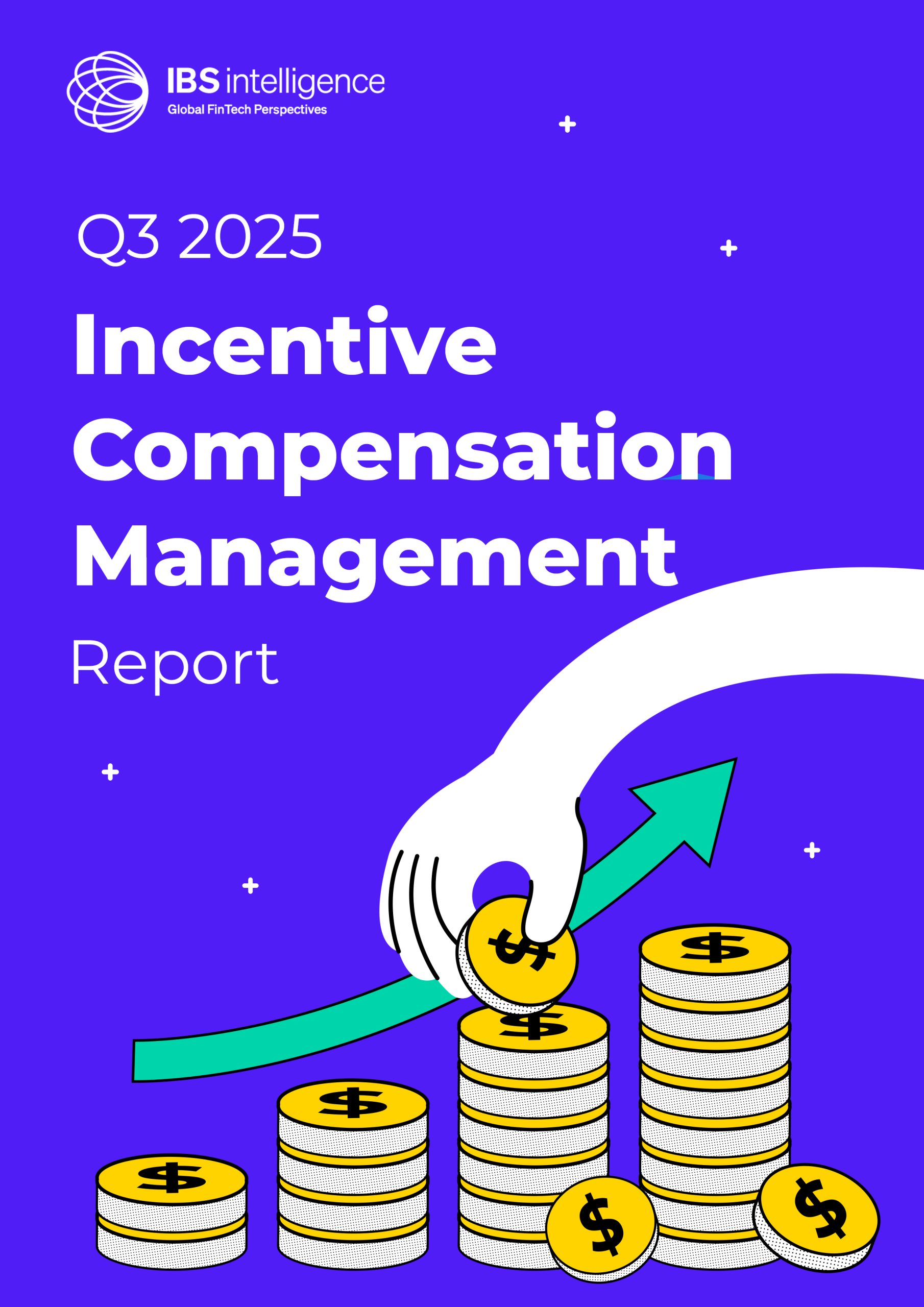 Back
Back
Holiday rush tests retailers’ payment reliability
By Vriti Gothi

As UK consumers prepare to spend nearly $128 billion this festive season, payment system reliability is emerging as a critical concern for retailers and hospitality operators. According to data, system outages cost UK businesses an estimated $2.05 billion annually, primarily due to lost sales during checkout failures.
On average, a payment outage lasts 84 minutes, while most customers abandon a purchase after just six minutes of waiting, a gap that can translate to thousands of dollars in missed transactions for small and mid-sized merchants during peak trading periods.
The risk is not hypothetical. In December 2024, a major IT disruption at Morrisons halted both in-store and online transactions, underscoring how vulnerable retail systems remain despite ongoing digital transformation efforts. With the holiday rush driving transaction volumes to annual highs, even brief technical failures can have a disproportionate impact on revenue and customer trust.
Industry observers note that the expansion of digital payments has amplified the complexity of maintaining uptime. From contactless transactions and QR-based payments to mobile wallets and integrated POS systems, the retail payments ecosystem now depends on multiple third-party connections and cloud infrastructures.
“For many small retailers, every transaction matters especially at Christmas,” said Matt Edwards, Founder of Fast Secure Payments. “When systems go down, customers won’t wait. Payment reliability isn’t just a technical issue; it’s a business continuity issue.”
Edwards, whose firm provides payment solutions for SMEs across the UK, notes that merchants often underestimate how connectivity gaps or outdated devices can disrupt sales. “So many businesses rely on a single network or older systems that can’t handle high transaction loads. Ensuring redundancy and multi-network support should now be a standard practice,” he added.
Experts agree that payment resilience supported by multi-network connectivity, real-time monitoring, and failover systems is becoming a key operational differentiator for retailers. The shift is particularly relevant for hospitality venues, pop-up traders, and mobile operators, where stable connectivity cannot be guaranteed.
The growing focus on reliability also aligns with a broader FinTech trend toward infrastructure modernisation, as merchants seek to protect revenue streams in increasingly digital, data-driven markets. As payments technology providers compete on speed, transparency, and uptime, the reliability of these systems will remain central to retail success in the 2025 holiday season and beyond.
IBSi FinTech Journal

- Most trusted FinTech journal since 1991
- Digital monthly issue
- 60+ pages of research, analysis, interviews, opinions, and rankings
- Global coverage







